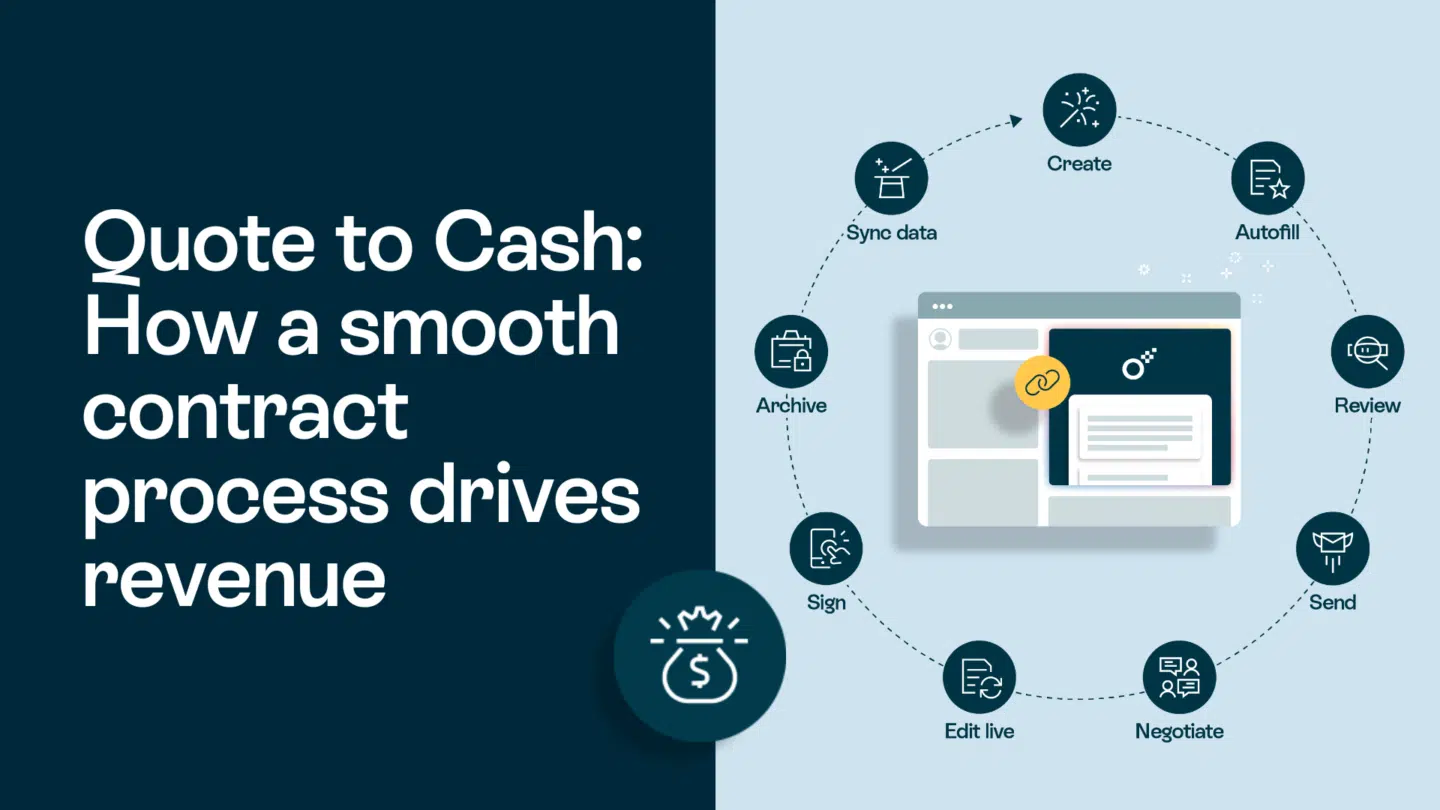In today’s digital age, e-signatures have emerged as a game-changer for professionals in various industries, including accounting. As paper documents become a thing of the past, the use of electronic signatures offers countless benefits for accountants. From improved efficiency and productivity to enhanced document security and compliance, e-signatures have transformed the way accounting practices operate.
In this article, we delve into the concept of e-signatures, explore their role in accounting, discuss their benefits, provide implementation strategies, and look into future trends. Let’s get started.
The legal validity of e-signatures
One of the most critical aspects of e-signatures is their legal validity. The use of e-signatures is legally recognized in many countries around the world, including the United States, Canada, European Union member states, and Australia. These countries have enacted specific laws and regulations, such as the Electronic Signatures in Global and National Commerce (ESIGN) Act and the EU Electronic Identification, Authentication and Trust Services (eIDAS) Regulation, that validate the use of e-signatures in various transactions.
These laws ensure that e-signatures are given the same legal status as their handwritten counterparts. They establish that e-signatures are binding and enforceable in court, provided certain requirements are met. These requirements typically include the consent of all parties involved, the ability to verify the integrity of the signed document, and the use of secure technology to prevent tampering or forgery.
By recognizing the legal validity of e-signatures, governments have paved the way for businesses to embrace digital transformation and operate more efficiently in the digital age.
Now that we understand the legal framework surrounding e-signatures, let’s take a closer look at the technology behind them.
Read also: Mitigate risk and take control of your contracts

The role of e-signatures in accounting
Now that we have a grasp of what e-signatures are, let’s explore their significant role in the field of accounting.
Eelectronic signatures and audit trails
Accountants deal with an abundance of documents, such as financial statements, tax returns, and contracts. Keeping track of these documents, their revisions, and approvals can be challenging and time-consuming. However, with e-signature solutions, accountants can create an audit trail for each document, recording every action taken throughout the signing process. This audit trail provides a transparent record of who signed the document, when it was signed, and any changes made, ensuring accountability and traceability.
E-signatures in financial reporting
Financial reporting requires careful documentation and review. E-signatures simplify this process by allowing accountants to electronically sign financial reports, reducing the need for printing, signing, and scanning physical documents. With e-signature solutions, accountants can easily obtain the necessary approvals from clients, partners, and other stakeholders, streamlining the reporting process and improving overall efficiency.
The benefits of electronic signatures for accountants
E-signatures offer numerous advantages for accountants, revolutionizing the way they conduct their work and interact with clients and colleagues.
Enhancing efficiency and productivity
By eliminating the need for physical signatures and paperwork, e-signatures significantly reduce administrative tasks and associated delays. Accountants can quickly and securely send documents for review and signature, whether it’s engaging with clients or collaborating with colleagues. This increased efficiency saves time, allowing accountants to focus on higher-value activities.
Improving document security and compliance
In the world of accounting, document security and compliance are of utmost importance. E-signatures provide an added layer of security for sensitive information by encrypting documents and verifying the identity of signatories. Furthermore, e-signature solutions often come with built-in compliance features, such as audit trails and tamper-evident safeguards, ensuring documents meet regulatory requirements.
Reducing costs and environmental impact
The use of e-signatures eliminates the need for printing, shipping, and storing physical documents, resulting in significant cost savings for accounting firms. Additionally, reducing paper consumption has a positive impact on the environment, fostering sustainability and reducing the carbon footprint associated with traditional document signing practices.
Read also: How to write an accounting agreement?

Implementing e-signatures in accounting practices
To fully harness the benefits of e-signatures, accountants must have a clear implementation plan in place.
Choosing the right e-signature solution
There are numerous e-signature solutions available in the market, each with its own set of features and pricing structures. It’s essential for accountants to evaluate their specific needs and choose a solution that aligns with their requirements. Factors to consider include security features, integration capabilities, user-friendliness, and scalability.
Training and adoption strategies
Introducing any new technology requires proper training and change management. Accountants must ensure that their team members are equipped with the necessary skills to use e-signature solutions effectively. Additionally, fostering a culture of digital adoption and providing ongoing support will help maximize the benefits of e-signatures.
Read also: What is contract management? A complete guide

Future trends in e-signatures for accounting
The field of accounting is constantly evolving, and e-signatures are no exception. Several notable trends are shaping the future of e-signatures in accounting practices.
Integration with other accounting technologies
E-signature solutions are increasingly being integrated with other accounting technologies, such as document management systems and workflow automation tools. This integration streamlines the entire accounting process, from document creation to review and signature, further enhancing productivity and collaboration.
Regulatory changes and their impact
As regulations surrounding electronic signatures continue to evolve, accountants must stay informed about any changes that may affect their practice. Being aware of new requirements and ensuring compliance will be crucial in maintaining the legal validity of e-signed documents.
Read also: All you need to know about electronic signatures
The key takeaways
E-signatures have become a valuable tool for accountants, offering a wide range of benefits. From streamlining document workflows and enhancing efficiency to improving security and reducing costs, the adoption of e-signatures has the power to transform accounting practices. As the future of digital transformation unfolds, accountants who embrace e-signatures are well-positioned to stay ahead of the curve, while delivering exceptional service to their clients.








